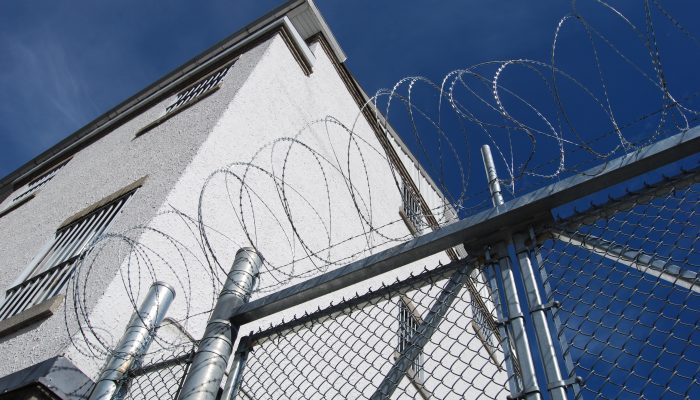Several states this year have reported lower rates of recidivism, showing that fewer convicted criminals are being re-arrested after leaving prison.
But those statistics hardly tell the full story.
Recidivism rates across the country can vary greatly because of how they’re defined, how the data is collected and how it’s presented to the public. So it can be difficult to say that, for example, one state is doing better than another in rehabilitating formerly incarcerated residents.
“You have to be very, very careful. You have to compare apples to apples and oranges to oranges,” Charis Kubrin, a criminology, law and society professor at the University of California, Irvine, said in an interview with Stateline. Kubrin also is a member of the Council on Criminal Justice, a nonpartisan research think tank.
The statistics are used to evaluate a corrections system’s performance. They can help assess how effective rehabilitative or reentry programs and post-sentence probation programs are in lowering the number of reoffenders with certain criminal histories, such as substance use.
Recidivism data tracks the number of convicted offenders who engage in new criminal activities after being released from prison or jail within a specific time frame, typically ranging from one to five years.
A reduced recidivism rate may indicate that efforts by prison staff and probation or parole officers to rehabilitate individuals are effective, said Evan Green-Lowe, the director of state engagement at Recidiviz, a tech nonprofit that partners with state criminal justice agencies.
“It is one of the metrics that state correctional leadership and state community supervision leadership pay close attention to,” Green-Lowe wrote in an email to Stateline.
Among the states that reported lower recidivism rates this year, Iowa, Kentucky, South Carolina, Tennessee and Virginia all have pointed to reentry or other rehabilitative programs as part of the reason.
“These programs make a huge difference,” said Scott Richeson, the Virginia Department of Corrections’ deputy director of programs, education and reentry, in an interview with Stateline. Richeson said the recividism rate for incarcerated people who participate in career and technical education programs is 12%.
Some criminologists argue that attributing lower recidivism rates to a specific program fails to consider other influencing factors, such as population shifts and — recently — the impact of the COVID-19 pandemic.
Over the next couple of years, state-reported recidivism rates likely will continue to decline for individuals who were released in 2019 and 2020, as prisons and jails released more people during the peak years of the pandemic, said Shawn Bushway, an economist and criminologist with the nonprofit and nonpartisan research group RAND Corporation.
You can read the full article at Corrections1.

